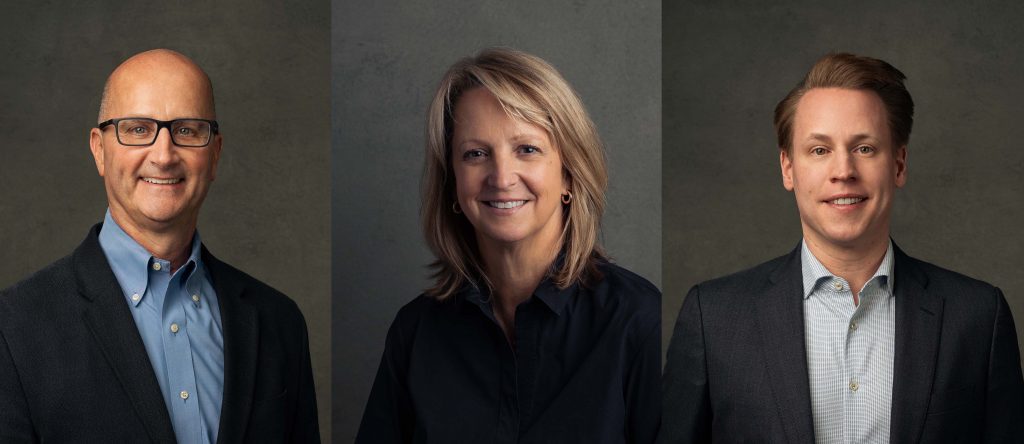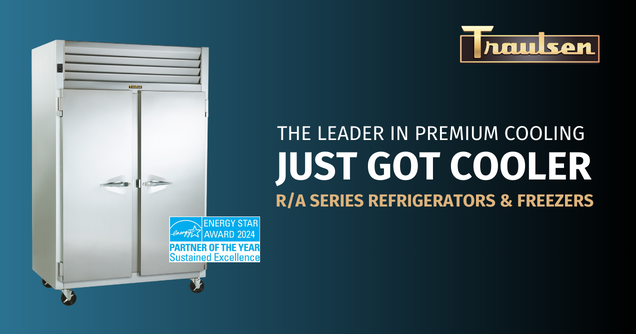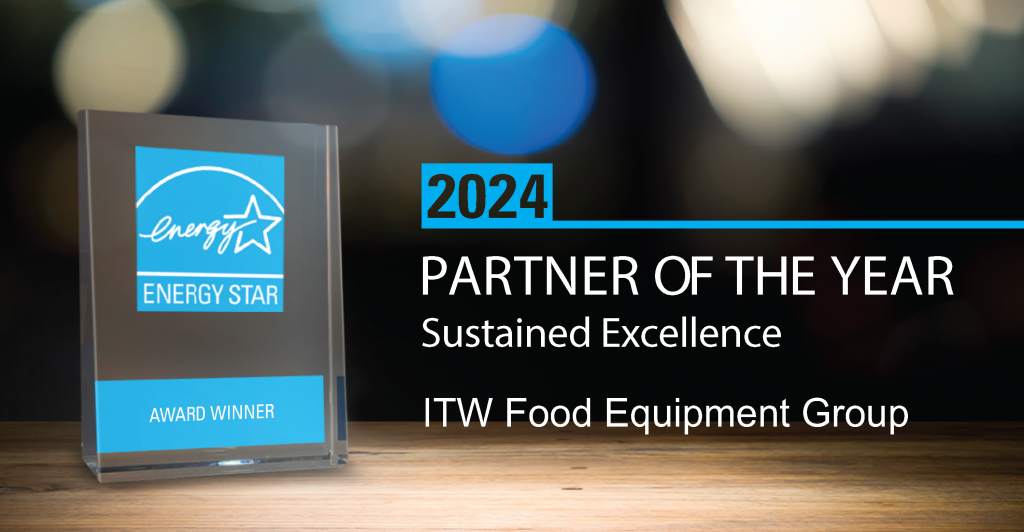
Every piece of equipment in the kitchen has an environmental impact. Anything that uses electricity, water or gas requires some form of power generation. Any system that heats or cools food is going to have a carbon footprint. Every piece of kit that uses refrigerant gas is going to create pollution when it comes to the end of its life. Sustainability, therefore, must be considered in every aspect of foodservice.
While a lot of effort has been put into making venting systems and cooking equipment more eco-friendly, the cold side has lagged behind, not least because it brings many challenges in terms of energy efficiency and pollutants. Yet these challenges are precisely what makes cold-side equipment a potential hotbed of innovation.
“Sustainability is a big challenge for cold-side equipment,” says Alexander Hofer FCSI, CEO and senior consultant at catering sector planning consultancy H44Team. “Sustainability is more than just a nice word these days. Customers want it more and more now, and we have to look at what will happen in the next 20 years because we must look after the planet for the next generation.
“In gas stations, shops, bars and restaurants, most people are used to having a fridge that is plug and play, so you need a lot of fresh air to refrigerate,” he adds. “You need good insulation, and you need energy classification because industry is always looking to respond to new norms as much as possible, but also to produce equipment at the lowest price possible.”
For Hofer, there is a disconnect between the domestic and professional markets when it comes to energy classification for cold-side equipment, and he believes this gap must be closed as soon as possible.
“We have energy classification for home use, but for professional equipment it is coming relatively late,” he says. “In fact, the professional sector should be like Formula 1, where advanced concepts and technologies are tested out before they’re mass produced for the wider market. It’s not working that way around at the moment.”
Green labeling, which attests to the energy efficiency or low environmental impact of a piece of kitchen equipment, is more than a marketing ploy. It’s starting to matter to customers and operators alike, as well as being a more important item on the agenda of regulators.
“I can only speak for my territory – Italy, Switzerland, Austria and Germany – but I do see regulators doing a good job,” adds Hofer. “In Italy, the government has supported digitalization as it wants to reduce the consumption of energy, air and water, and across the region the industry understands how important that is.
“Our clients and their guests want to know more about sustainability, and guests are asking where food has come from, what’s sustainably sourced and how energy efficient the equipment is,” he adds. “So, there’s more pressure to get the ‘green’ label because it sells, especially with younger people. A lot of leadership in this area comes from the industry and the planners, but there is a need to move away from cheaper solutions.”
The chilling cost of energy
For many reasons, including Russia’s invasion of Ukraine, energy prices around the world are rising. In the US, natural gas prices were 24% higher in February 2022 compared to one year earlier, and the cost of electricity was up by 9%. In the UK, where energy price caps were lifted in April 2022, there was an overall rise in energy bills of 54%.
With prices set to continue rising in the foreseeable future, foodservice operators are taking a hit on costs, and energy-hungry cold-side equipment is a big cause for concern. Blast chillers, ice machines, freezers, refrigerators and chill cabinets all require a lot of energy to run, so there is growing demand for more efficient equipment.
“Open-air screen merchandisers are tough because there’s not a lot keeping the cold air inside the unit and they’re constantly fighting the conditions surrounding it,” says Brett Daniel FCSI of US consultancy Camacho Associates. “One that works well in one space might not work at all in others. So manufacturers are starting to get creative in the different ways the air is delivered and circulated within the cavity.”
Even if driven by cost, the thirst for energy efficiency also has a major impact on sustainability. In some instances, cold rooms are replacing refrigerators and freezers because they offer large storage capacity and are more energy efficient than powering several individual freezers and refrigerators. But this is not the right solution for everyone.
Another option that is gaining traction is the centralization of refrigeration units. These maintain cold and freezing temperatures in food display cases and walk-in storage coolers in supermarkets, convenience stores, florists, liquor stores, delis and restaurants.
“We have a responsibility to look at this solution for negative and positive temperature issues,” says Alexander Hofer. “For instance, you can recoup the heat from the unit for warm water production. If you have fridges producing hot air and at the same time you have air conditioners, that makes no sense. But you can make the fridges work centrally so they don’t produce any heat in the room.
“There should be a law that says you have to do that if you have a certain number of fridges,” he adds. “We can’t go on with plug and play. If you have one group for maybe 30 or 40 cool positions – fridges, cool cabinets, storage and so on – then you can have one machine to produce the cooling effect for all of them. That saves energy, and you can recoup the hot gas centrally and use it to produce warm air or warm water. We need to be responsible and take this kind of approach.”
A hotbed of innovation
The redesign of cold-side technology is driven partly by regulation, which focuses on both energy efficiency and the restriction of certain refrigerant gasses that can pollute the environment.
“Every time the Environmental Protection Agency changes refrigerant requirements, the refrigeration systems need to be completely re-engineered,” says Daniel. “This means changing the components of the refrigeration system by using different compressors, regulating valves and refrigerants as well as different ways to monitor the system that will allow it to adjust and adapt to make it operate as efficiently as possible.
“Equipment suppliers are addressing it by changing the manufacturing process for the components and using more recycling and recyclable materials as well as evaluating the strain of the refrigerant they use on the environment,” he adds.
One emerging solution that could mitigate some of these problems is magnetic refrigeration, which not only has the potential to reduce energy use by 30%, but also requires no refrigerant. This innovative technology relies on the magnetocaloric effect (MCE) as an alternative cooling method to conventional vapor compression.
Already in use in some commercial settings, but not widespread in foodservice, magnetic cooling technology works on the principle that any magnetic material will change its temperature and entropy under the influence of a magnetic field. First identified in 1881, MCE derives from the property of exotic materials – such as gadolinium and dysprosium – that heat up when a magnetic field is applied to them and cool down when the magnetic field is removed.
“I think this is going to take off eventually, but right now it’s going to take a lot of money on a manufacturer’s R&D team to figure out how to integrate that into the manufacturing process and to be able to eliminate and replace their current processes,” says Brett Daniel.
Magnetic refrigeration exemplifies a key problem that operators face when trying to choose more sustainable cold- side technology: cost. In an industry that operates on thin margins, replacing blast chillers, ice machines and refrigerators with more energy-efficient equipment may be difficult to justify.
“The blast chiller is hard to take out and it is not easy to resolve this problem,” says Hofer. “We just need blast chillers that use less energy, have good insulation and high performance. Or maybe a machine with more power that works more quickly might be more energy efficient.
“The point is that you have to make the calculation not just for the moment of acquisition of the machine but for the next five years,” he adds. “The cost to refrigerate over that period is much higher for a cheaper machine, and maintenance costs are higher.
As consultants, it is our job to show people they should spend more right now and get a bigger ROI. In the best- case scenario, you save money in the long term.”
Sustainability has a price, but with energy costs rising and regulations becoming stricter, paying more in the short term could be the most cost-efficient solution.
“For some projects, all of the agenda is driven by regulations, otherwise the only limiting factor is an operator’s own morality or their justification of the ROI based on their operation,” says Daniel. “Here, we design with the most efficient equipment as a baseline. If there’s a tight budget constraint and we know that from the beginning, only then will we look into other lines of equipment.”
Operators need to do more than pay lip service to sustainability – for their own ROI and to meet the needs of their customers. Fortunately, equipment manufacturers understand this message and are firmly focused on innovation. The only thing lacking now is commitment.
Jim Banks




